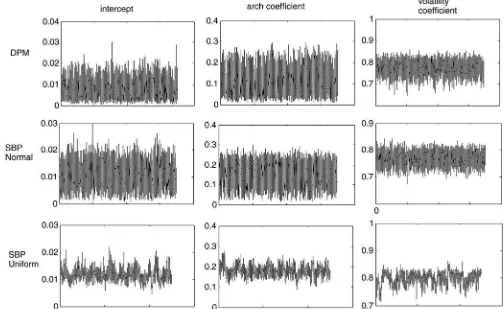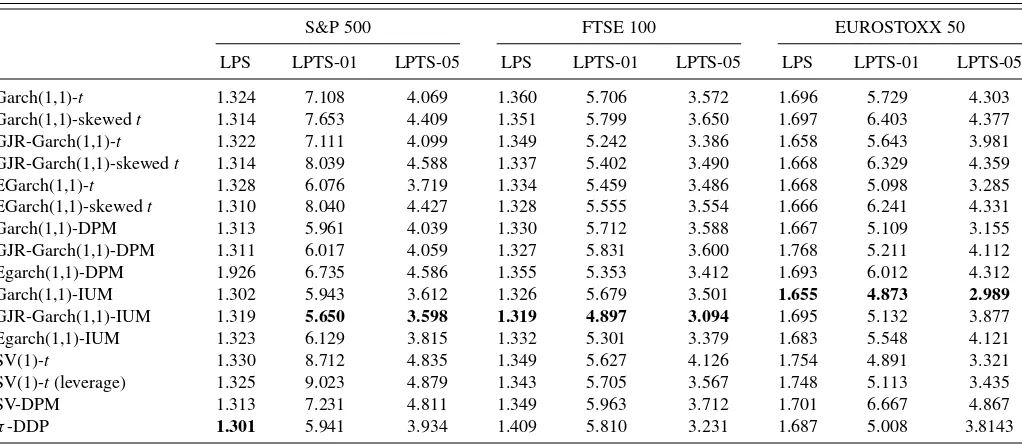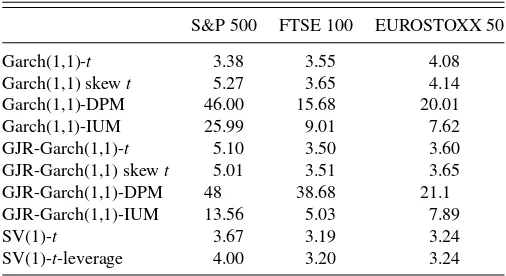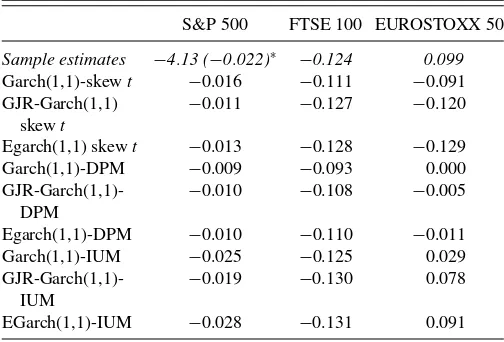07350015%2E2013%2E794142
Teks penuh
Gambar




Garis besar
Dokumen terkait
This evi- dence suggests that the daily financial factors, which are based on the data-rich environment of the short sample, can provide forecasting gains beyond those based solely
The finite sample performances of the cDCC and DCC esti- mators are compared by means of applications to simulated and real data. It is shown that, under the hypothesis of a
LATE is the local average treatment effect of degree attainment on labor market outcomes for those individuals assigned to the program and whose degree attainment is affected by
To this end, we allow the individual un- conditional variances in conditional correlation generalized autoregressive conditional heteroscedasticity (CC-GARCH) models to change
The model is shown to be identifiable, and can be estimated efficiently by a combination of the ideas from expectation-maximization (EM) algorithm, kernel regression, and
With respect to MAPE criterion, GARCH is the best prediction model for returns volatility of Robusta Coffee; GARCH-M is the best prediction model for returns
Our simulations of a fractionally integrated stochastic volatility model, calibrated to the high-frequency returns, demonstrate that downward bias in the semiparametric estimates of
The Granger causality tests, GARCH and EGARCH models were utilized to examine the relationship between the daily stock returns volatility and trading volume over the period of January

